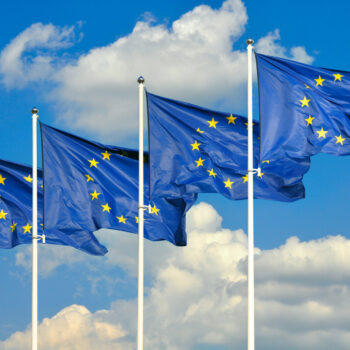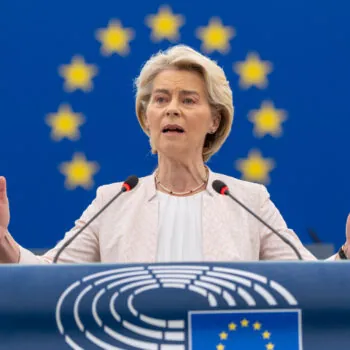The UK Government today sets out its long-awaited Clean Growth Strategy, which includes major focus on energy efficiency and a bold target to make all homes energy efficient by 2035.
E3G, the global climate change think tank, welcomes the target but is calling for an infrastructure investment plan to ensure it is delivered.
Ed Matthew, Associate Director at global climate change think tank E3G, says: “The target to make all homes energy efficient by 2035 is to be celebrated. But it will have to be backed up by an infrastructure plan to deliver it. The Treasury must now fully support it by confirming incentives to drive public demand. Stamp duty rebates and zero interest loans must be the priority. The prize is a major boost to the economy, savings of £300 on average for every household and a huge cut in household emissions.”
The commitment to bring all UK homes up to Band C on an Energy Performance Certificate will require the number of insulation measures going into UK homes each year to be tripled and the Government will have to double the level of investment, according to E3G analysis. It would cut energy consumption in homes by a quarter, slashing energy bills and cutting carbon in the most cost-effective way. The Government estimates that gas use could be reduced by 23% as a result of their plans, boosting UK energy security.
The Clean Growth Strategy sets out a striking vision for the UK to continue its climate change leadership role, cementing the development of low carbon energy at the heart of the Government’s emerging industrial strategy.
Nick Mabey, the Chief Executive Officer of E3G today welcomed the ‘ambition and vision’ of the Government’s Clean Growth Strategy report, but said ‘hard choices’ would now have to be made to deliver on the promises.
In the strategy the Government is hedging its bets on nuclear and renewables to power the UK. This is despite the fact that the cost of developing off-shore wind have halved in recent years, making it a cheaper power source than nuclear. But today the Strategy set out far more innovation funding for nuclear than it did for renewable energy. This decision makes little economic sense.
“The Government’s objectives are bold but achievable,” says Mr Mabey. “But they must now show how it is going to make the vison of clean growth a reality. The cost to the Exchequer of dithering over the hard choices will be a lot greater than actually taking them.”
ENDS
Notes to Editors
- The only incentive outlined in the Clean Growth Strategy to boost household energy efficiency is a commitment to support green mortgages. However, in the United States, where green mortgages were introduced in 1980, only 1% of homes have them. E3G does not consider green mortgages as a major drive of demand for energy efficiency retrofits.
- Claire Perry, the Energy Minister at BEIS, said on the Today programme that the Government was looking at Stamp Duty rebates as an incentive. E3G strongly supports this incentive which can be delivered by Government in a carbon neutral way, rewarding those homes that are energy efficient. Over 1 million homes are sold every year in the UK of which 0.9 million are below EPC Band C.
- E3G considers zero interest loans as an essential part of the solution. In Germany these have been very popular and led to millions of homes being retrofitted. The German Government says the programme is so successful that they receive more back in tax rerceipts from the programme that it costs to subsidise.
- The Energy Efficiency Infrastructure Group is an alliance of businesses and NGO’s supporting the case for making energy efficiency an infrastructure programme. In September they published a detailed Building Energy Infrastructure delivery vision, written by the leading economic consultancy Frontier Economics.



